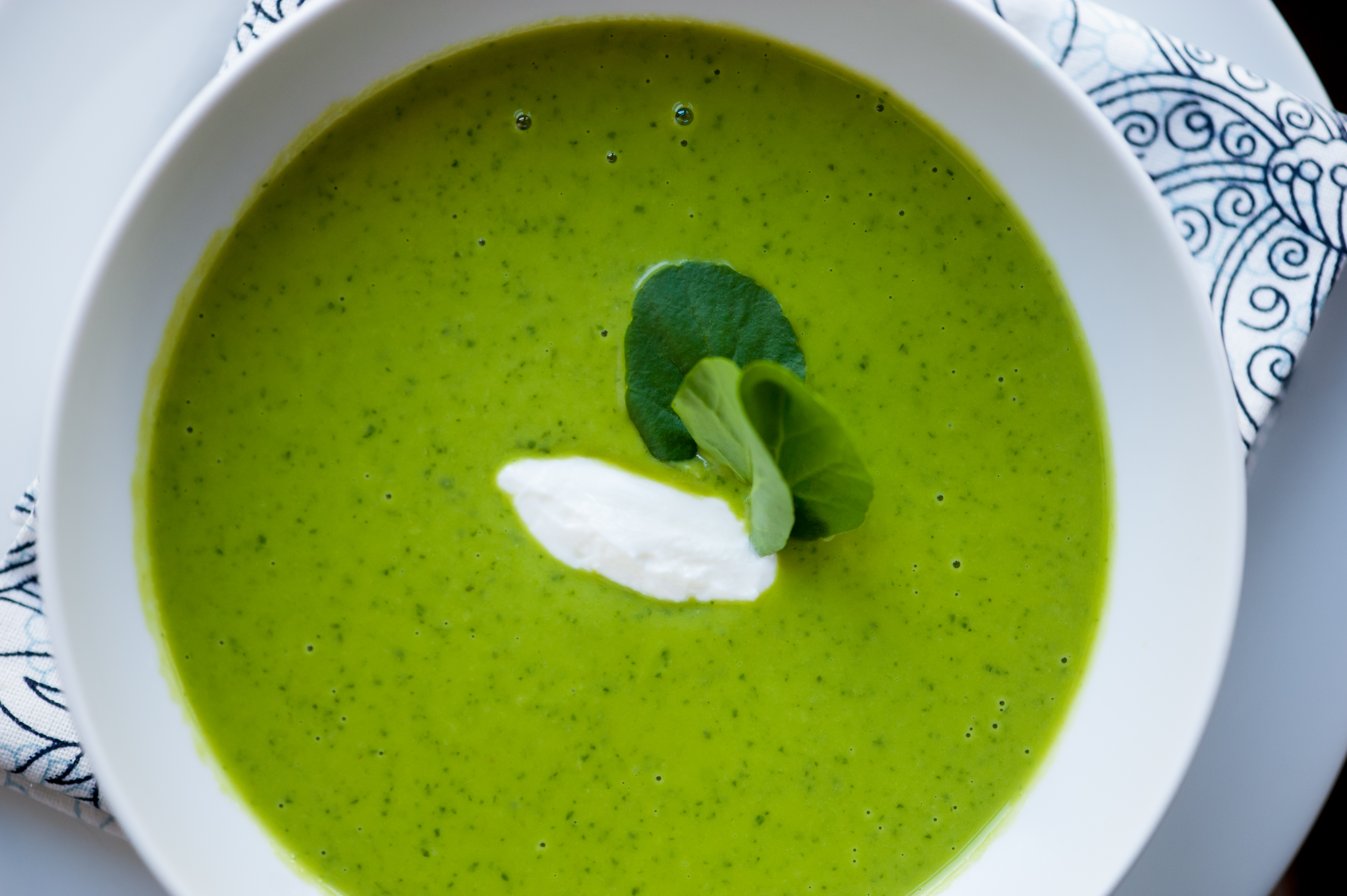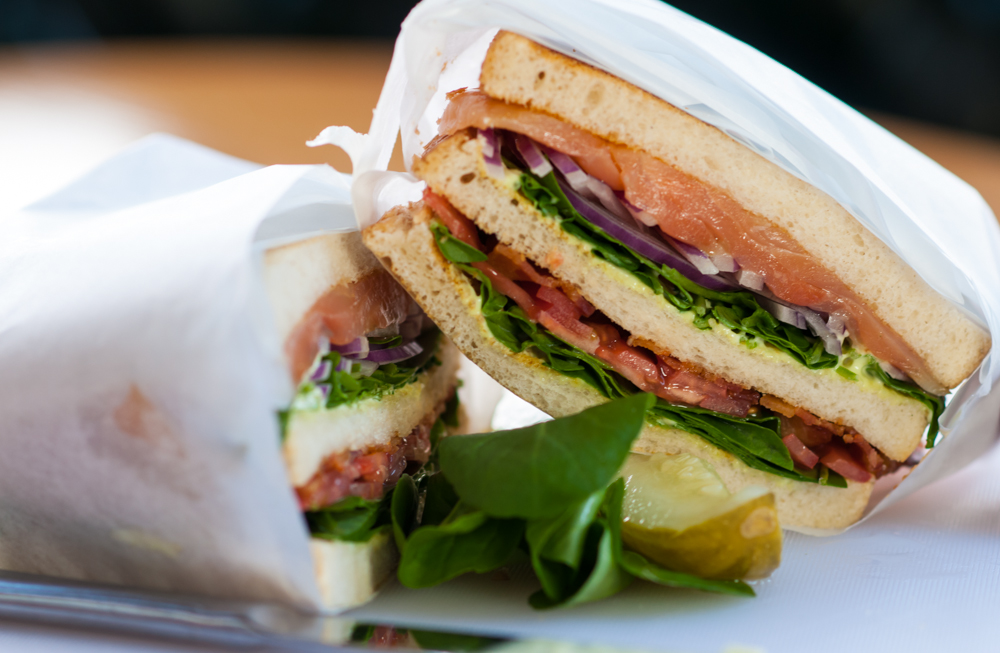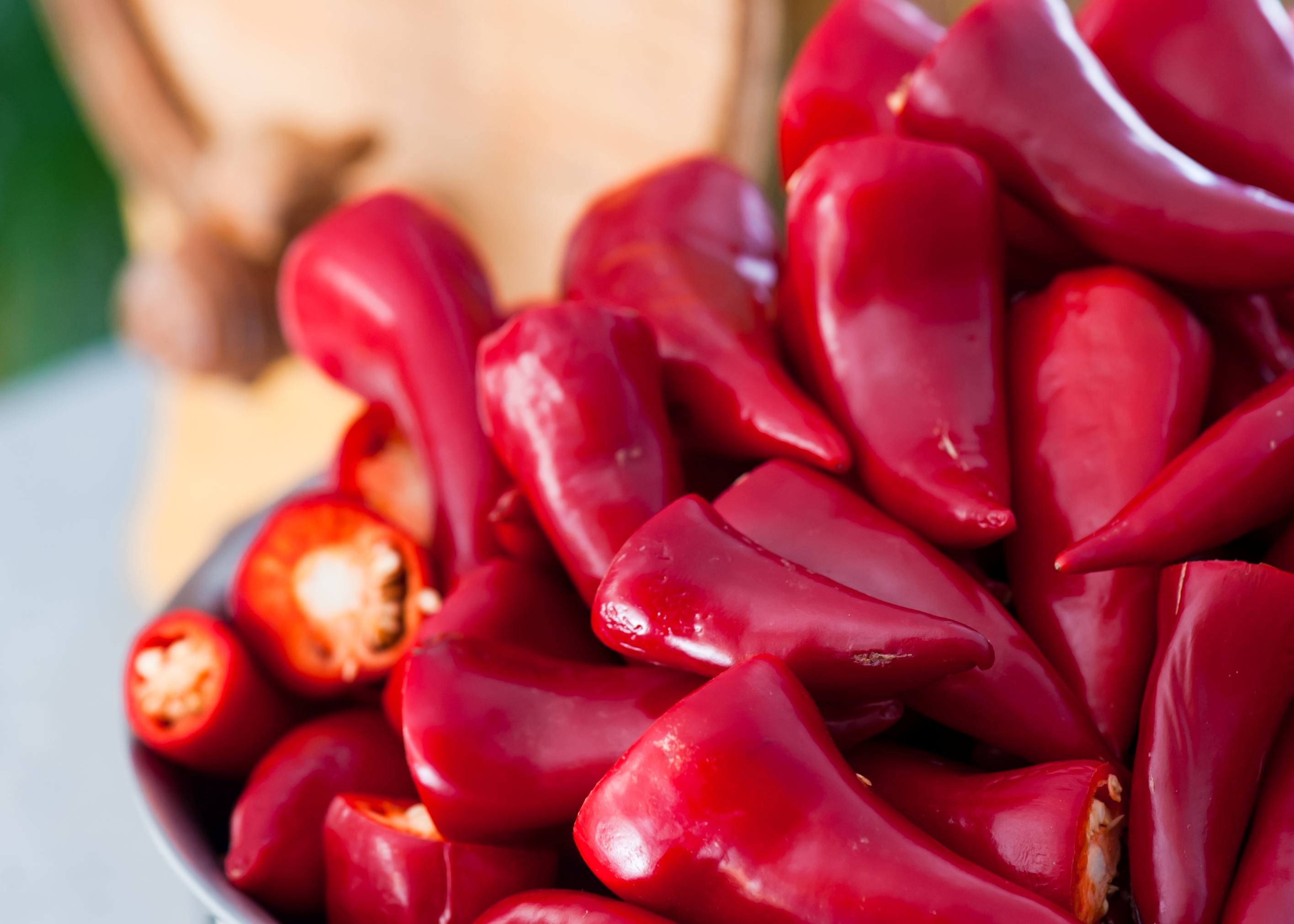From dishwasher to Executive Chef, it was a 14 year journey of the ins and outs of the restaurant business. In those 14 years, I had seen everything, and I mean everything, from watching my waitstaff snort coke off the rim of a dirty toilet seat at one restaurant to sweating my nuts off in the galley of the Beard House in NYC. Along the way you learn lessons from both your friends and your enemies in the business. You make distinctions between what you would do and what you have learned you wouldn’t do and you begin to realize that the people in those positions, regardless of age or station, can teach you something. This was a lesson I learned at my first executive chef post in 1999 from my chef who had left the kitchen to be the GM. I had been the Sous Chef there for 2 years prior. My chef was a kitchen guy through and through and I wasn’t sure how well he was going to be able to make the transition from back of house to front, not at all an easy move.
Within a couple of months we would go from a frantic, uneven, hurry up and wait restaurant to a smooth, consistently busy and manageable restaurant. Cover counts were up and check averages were up, yet it seemed like the restaurant was slowing down. When I asked my old chef and now new GM what was happening, his answer was both simple and complex. He said, “Because I run the dining room like a chef, not like an owner or manager”.
A smooth running restaurant is predicated on everyone employed by the restaurant doing their job well. This may sound like I’m stating the obvious, but many people don’t realize how fine a line a restaurant walks between extremely busy and ‘going down’. Have you ever been to a restaurant and walked in without a reservation and been told by the host/hostess that you would have to wait even though you can see several open tables behind you? There is a specific reason for this, one that exists to ensure that your experience is pleasant, both from a timing aspect and with regards to the interaction with your server. That reason is pace.
When I refer to pace, I mean the volume of which tables are sat within the restaurant so that servers have time to focus on you or your needs. It is paced so that the volume of food being produced by the kitchen is within its own ability to do so in a manner timely enough that the guests experience a pleasant and unnoticeable flow to their meal. There really is no formula to figuring out what pace each restaurant is capable of handling, it is a determination made by managers and door staff. Taking into account staffing levels (the restaurant may be shorthanded), experience of the staff (some staff can handle more than others), the style/type of food and even the physical size of the establishment, especially the kitchen. A kitchen with 6 burners and one grill only has so much cooking space to produce food for a given amount of guests at the same time. All these things go into deciding if you get seated right away without your reservation or if you will be asked to wait.
Good managers will find a way to make waiting more bearable, whether it is a free drink at the bar or something along those lines. While I personally don’t condone giving ANYTHING away, there are times when I prefer that to risking a less than stellar experience because the restaurant was just too busy at that time to make you feel like we appreciated you choosing us as a destination to spend your money.
A little something to keep in mind, the next time you’re asked to wait on a table, restaurants are first and foremost looking to make sure you have the best experience possible, and if that means giving the kitchen a little breathing room or time to ‘catch up’, I hope you’ll know it is to make sure you leave happy.
Chicken Liver Pate with Dried Cherry Compote
No clever segue for this post between ‘Restaurant 101‘and the recipe, I just wanted to share one of my favorites. This recipe is high in fat, therefore high in flavor, consume at your own risk J. Recently I was asked if people even eat pate anymore, what I replied was “Sure they do!”, but what I thought was “Only if they have a love of food that transcends doctors warnings, government critique and the disapproving glances of vegetarians and picky eaters.” If Tony Bourdain can admit that he is on cholesterol medication solely for the sake of being able to consume pork daily, what’s a little chicken liver pate in a country that chemically and genetically processes most of what we eat anyway? If I’m going to put on a little weight and harden a few arteries, this is how I’d like to do it.
Chicken Liver Pate
- ¼ cup shallots, minced
- ¼ cup garlic, minced
- 1 ½ lbs. chicken livers
- 1 lb. butter, room temperature and cubed
- 1 bunch parsley, chopped fine
- 1 750 ml. bottle Marsala
- 1 750 ml. bottle brandy
- 3 cups red wine
- Kosher Salt
Method:
- In a large sautoir or soup pot, sweat the garlic and onions in 2 oz. of the butter over medium heat, being careful not to color either the garlic or shallots.
- Add the liver and cooked till well caramelized.
- Deglaze with the Marsala, brandy, and red wine.
- Bring the liquid to a boil.
- Reduce the heat so that the liquid simmers and cook until the livers are almost dry.
- Remove from heat immediately.
- With a buerre mixer or in a blender, puree the butter into the livers a little at a time until the puree is quite loose.
- Add parsley and season with kosher salt (It is important to slightly over season with the salt as it will dissipate when served at colder temperatures).
- Pour pate into ramekins or molds. If molding, make sure to line mold with plastic wrap.
10. Chill for 4 hours to allow the butter to set.
Dried Cherry Compote
- 1 lb. dried cherries
- 4 cups red wine
- 4 oz white onion, minced
- 1 cinnamon stick
Combine all ingredients in a heavy bottom sauce pot and cook over low heat until the wine has been reduced by 3 quarters, meaning there should only be about a cup of liquid left when finished. Cool and serve at room temperature.




